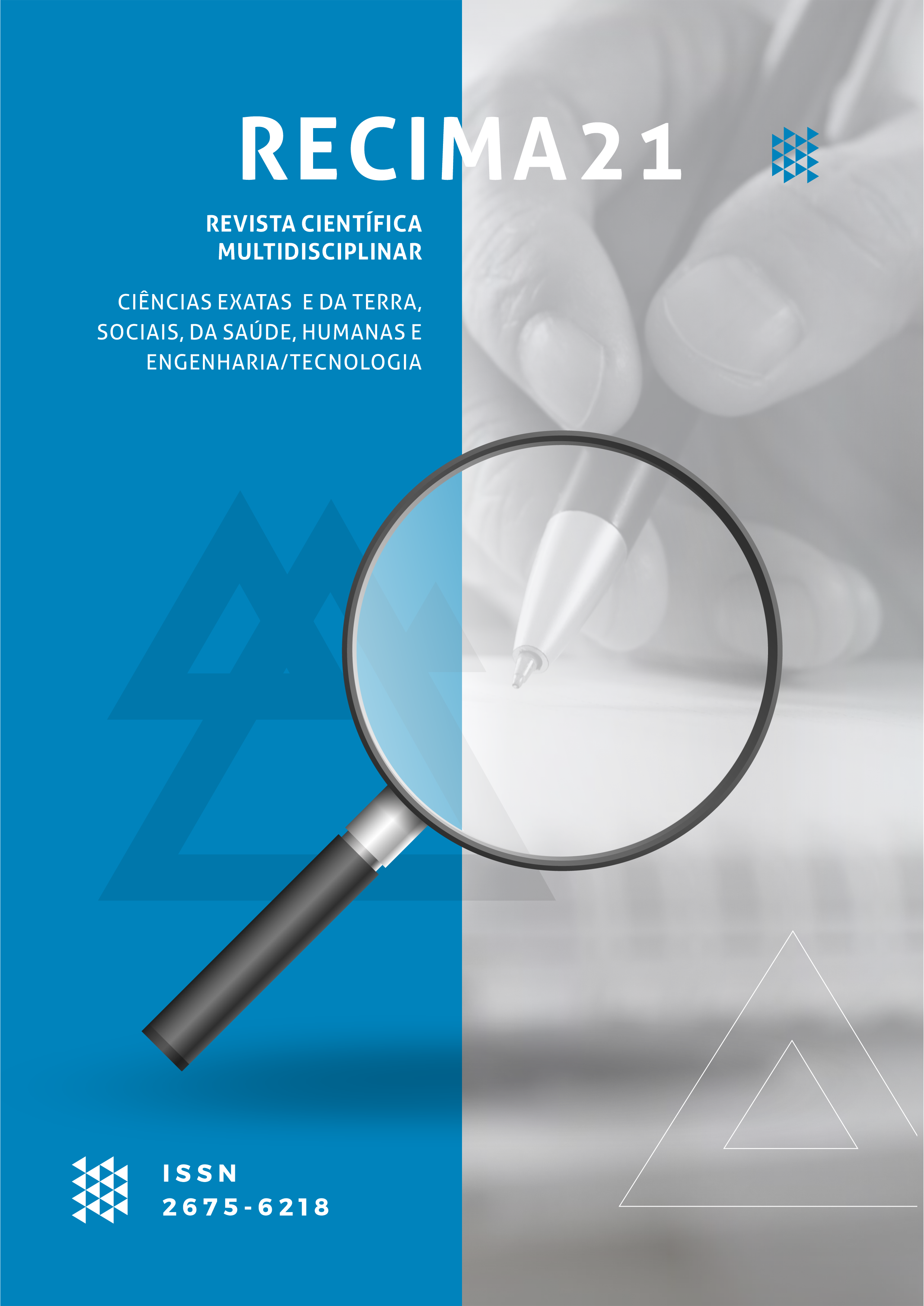THE EXTREME CINEMATOGRAPHIC EXPERIENCE
DOI:
https://doi.org/10.47820/recima21.v3i9.1902Keywords:
Film analysis, Extreme cinema, Cinematic narrative, Involvement, IrreversibleAbstract
In the field of extreme cinema and its well-known objectives to disturb, to promote the unpleasant and the experimentation of the intense, Irreversible (Irréversible, 2002), by Gaspar Noé, is a typical example of these intentions. Approaching this cinematographic type in the relationships established between the film and the spectator, this article is an investigation into the strategies used for such successes. By observing the involvement that takes place in a more narrow, intimate and intense way, bringing the bodies together – filmic and viewer – and stimulating sensations, the analysis approaches the construction of the film through the aspects that promote the characteristic extreme experience. Through the compositional elements and the way in which the artifices used for the implementation of sensorial atmospheres, climates that immerse the spectator and the ambiences that surround him are applied, the analysis focuses on three formative aspects: cinematography and the sharing of emotional states between characters and audience; the use of the long-shot and the cinema that takes place in the spectator body; and the directive inversion of the narrative and the public's states of consciousness.
Downloads
References
AVANESSIAN, Armen; HENNIG, Anke. Present tense: a poetics. Nova York: Bloomsbury Publishing, 2015.
BARKER, Martin. Watching rape, enjoying watching rape…: how does a study of audience cha(lle)nge mainstream film studies approaches? In. HORECK, Tanya; KENDALL, Tina (ed.). The new extremism in cinema: from France to Europe. Edimburgo: Edinburgh University Press, 2011.
BRAND, J.J.; REASON, James. Motion Sickness. Londres: Academic Press, 1975.
CHRISTIE, Ian. Time regained: the complex magic of reverse motion. In. Projected shadows: Psychoanalytic reflections on the representation of loss in european cinema. Londres: Routledge, 2007.
CURRIE, Gregory. Image and mind: film, philosophy, and cognitive science. Cambridge: Cambridge University Press, 1995.
FREY, Mattias. Extreme cinema: the transgressive rhetoric of today's art film culture. New Brunswick: Rutgers University Press, 2016.
GUMBRECHT, Hans Ulrich. Atmosfera, ambiência, Stimmung: sobre um potencial oculto da literatura. Rio de Janeiro: PUC Rio, 2014.
HOBERMAN, J, All or nothing at the Cannes film festival. Village Voice, Irvine, 4 de jun. de 2002. Film archives. Disponível em: https://www.villagevoice.com/2002/06/04/all-or-nothing-at-the-cannes-film-festival/. Acesso em: 29/08/2022.
HORECK, Tanya. Public rape: representing violation in fiction and film. Nova York: Routledge, 2003.
HORECK, Tanya; KENDALL, Tina (ed.). The new extremism in cinema: from France to Europe. Edinburgh: ed. Edinburgh University Press, 2011.
HUNTER, Stephen. Irreversible: move over, Dante. The Washington Post, Washington, D.C., 13 de abril de 2003. Movies. Disponível em: https://www.washingtonpost.com/wp-dyn/content/article/2003/04/11/AR2005033116939.html. Acesso em: 29/08/2022.
KERNER, Aaron M.; KNNAP, Jonathan L. Extreme cinema: affective strategies in transnational media. Edinburgh: ed. Edinburgh University Press, 2016.
KING, Mike. The american cinema of excess: extremes of the national mind on film. Jefferson: McFarland, 2008.
LE FANU, Mark. Metaphysics of the "long take": some post-bazinian reflections. P.O.V. filmtidsskrift: a danish jornal of film studies, Århus, 4 de dez. de 1997. Disponível em: http://pov.imv.au.dk/Issue_04/section_1/artc1A.html. Acesso em: 30 de ago. de 2022.
PALMER, Tim. Brutal intimacy: analyzing contemporary french Cinema. Middletown: Wesleyan University Press, 2011.
________. Style and sensation in the contemporary french cinema of the body. In. Journal of film and vídeo. Illinois: University of Illinois Press, 2006.
Downloads
Published
How to Cite
Issue
Section
Categories
License
Copyright (c) 2022 RECIMA21 - Revista Científica Multidisciplinar - ISSN 2675-6218

This work is licensed under a Creative Commons Attribution 4.0 International License.
Os direitos autorais dos artigos/resenhas/TCCs publicados pertecem à revista RECIMA21, e seguem o padrão Creative Commons (CC BY 4.0), permitindo a cópia ou reprodução, desde que cite a fonte e respeite os direitos dos autores e contenham menção aos mesmos nos créditos. Toda e qualquer obra publicada na revista, seu conteúdo é de responsabilidade dos autores, cabendo a RECIMA21 apenas ser o veículo de divulgação, seguindo os padrões nacionais e internacionais de publicação.













